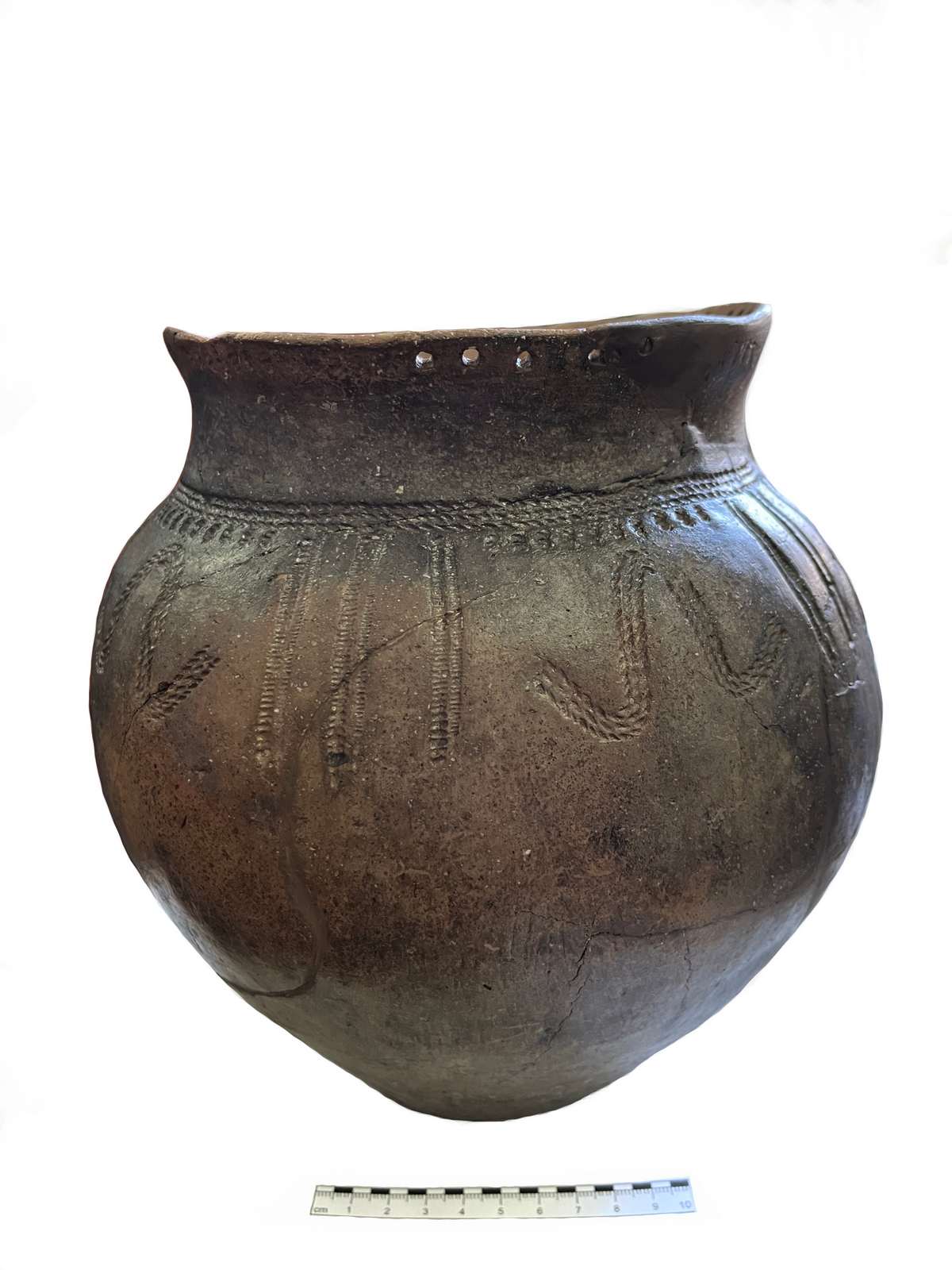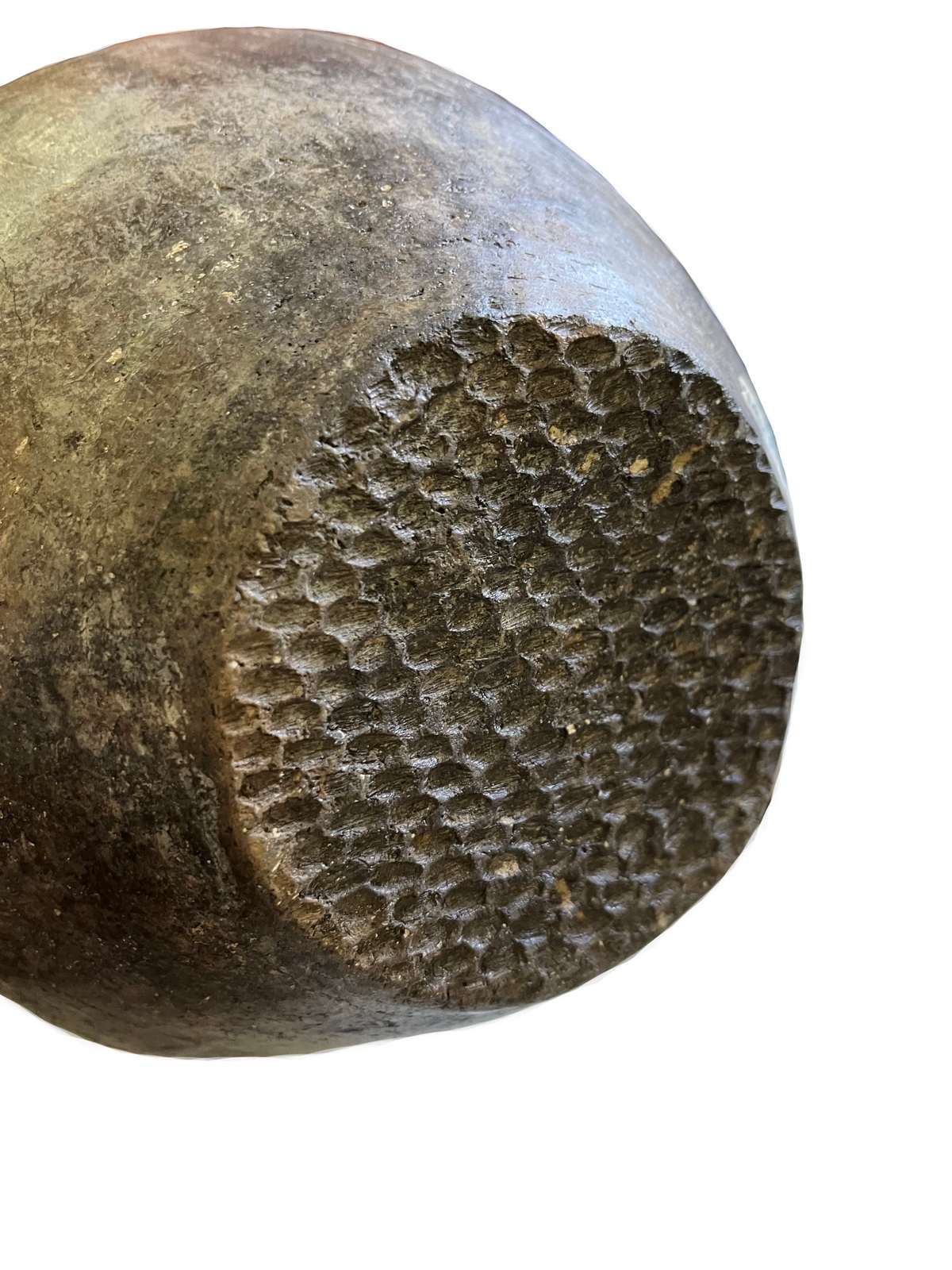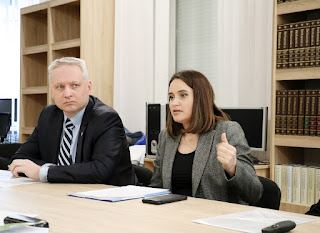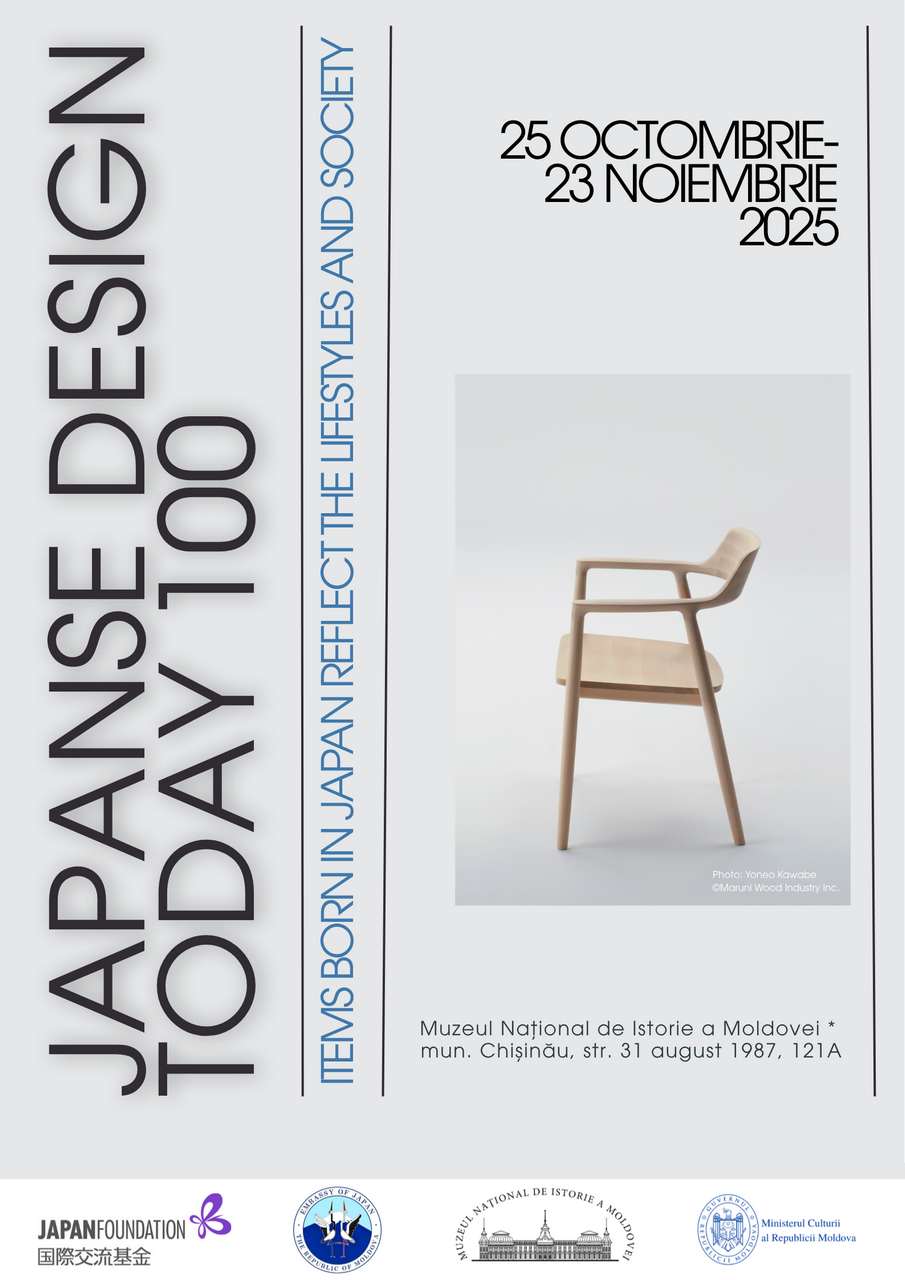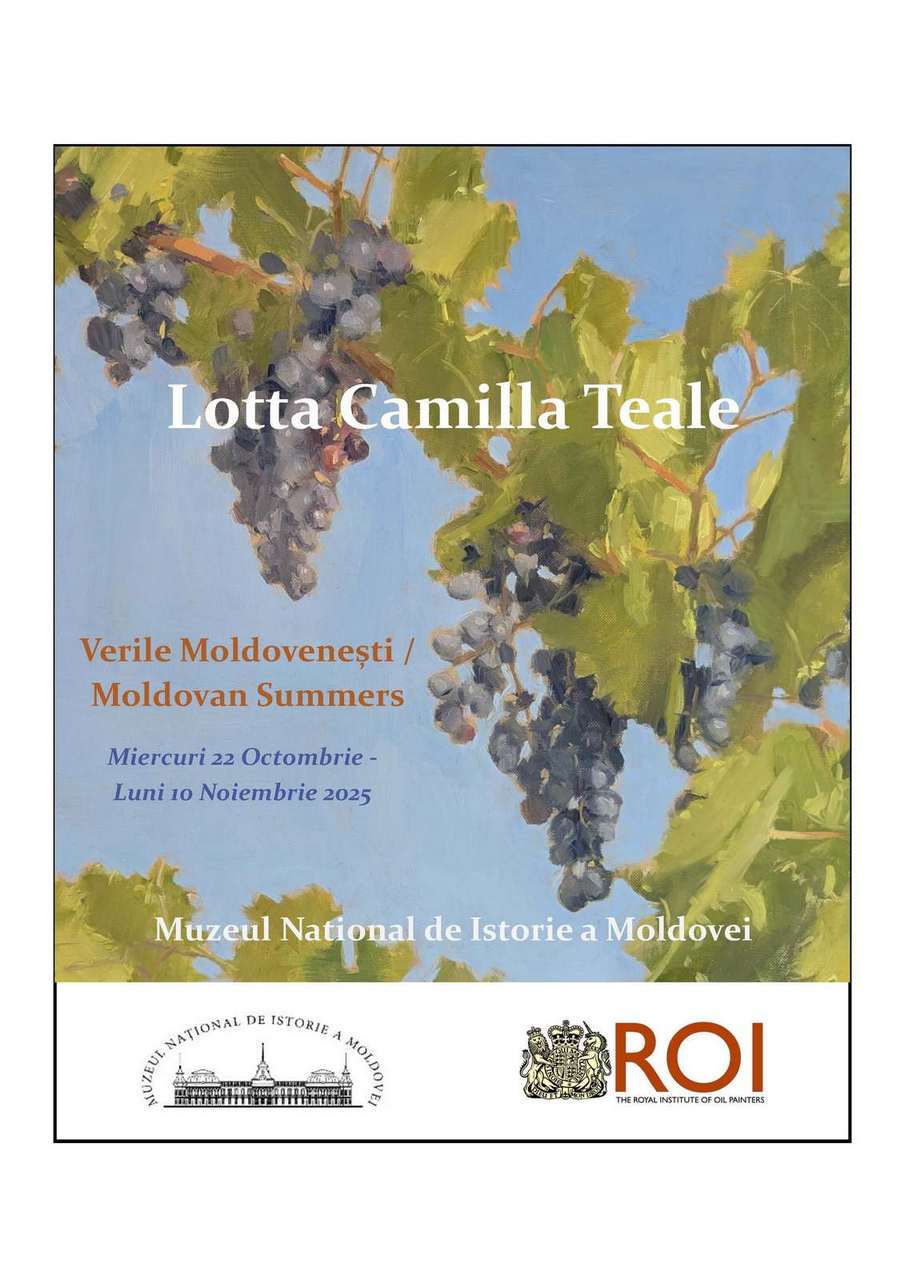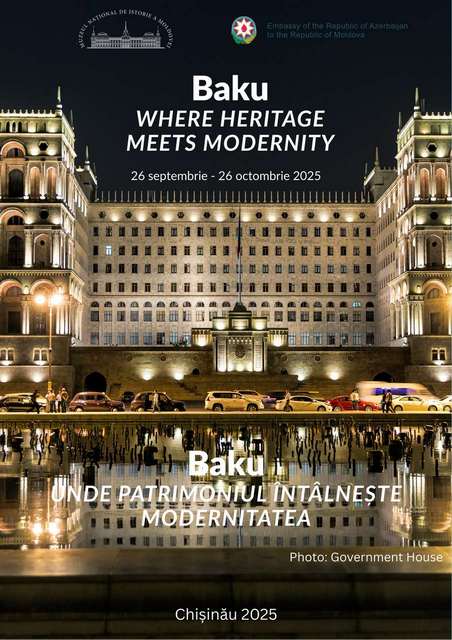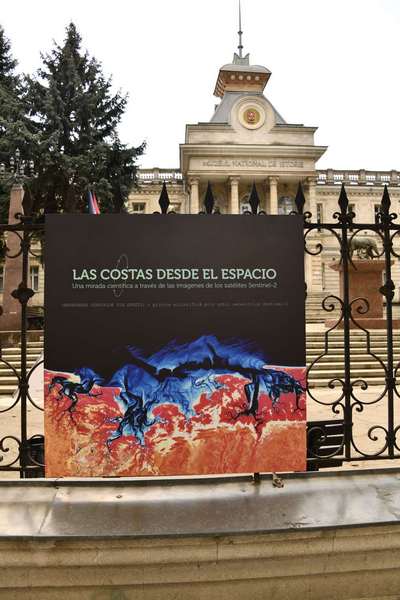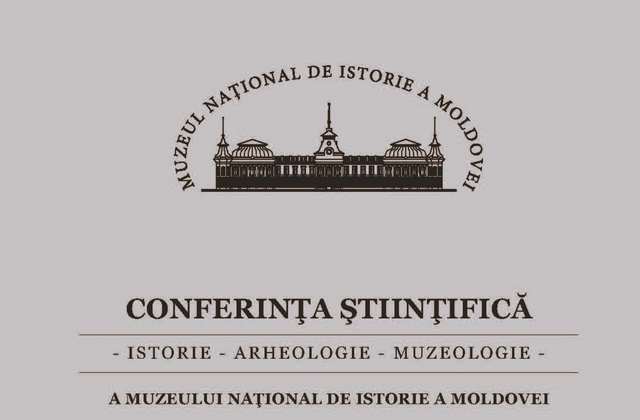  Events Archive Events Archive
Launch of the work "Monetary circulation in Bessarabia (1812–1944)" and donation of valuable awards by the Academy of Sciences of Moldova to the National Museum of History of Moldova
March 30, 2023
On March 30, 2023, the Academy of Sciences of Moldova organized the presentation event of the book "Monetary circulation in Bessarabia (1812-1944)" written by teacher Marian Bolum from the "Manolache Costache Epureanu" Secondary School in Bârlad, Romania. The volume was presented by Dr. Viorel M. Butnariu, from the Institute of History "A. D. Xenopol" from Iasi, Romania, in the Lecture Hall of the Academy of Sciences of Moldova. The event moderated by acad. Grigore Belostecinic and Dr. hab. Liliana Condraticova gathered numerous specialists and professionals, such as choir members. of ASM, Alexandru Stratan and Dr. Hab., Prof. Univ. Dragoș Cimpoies, from the Technical University of Moldova and ASM, Ph.D., Prof. Univ. Oleg Stratulat, head of the Investments and Banking Activity Department of the Moldovan Academy of Economic Studies, Dr. Ana Boldureanu and Dr. Elena Arcuș-Jantovan from the National Museum of History of Moldova, Livia Sîrbu, deputy director of the National Museum of History of Moldova, Dr. Sergiu Matveev, Moldova State University, Dr. Teodor Candu, National Museum of Ethnography and Natural History), etc. Also, during the event, the Academy of Sciences of Moldova handed over a valuable set of awards to the National Museum of History of Moldova, including important medals and badges such as the "Nicolae Milescu Spătarul" medal of ASM, the "Dimitrie Cantemir" medal of ASM, the "Scientific Merit" medal 2nd class of ASM, the "Scientific Merit" medal 1st class of ASM, the badge "Member of the Academy of Sciences of Moldova" and the medal "Laureate of the Prize of the Academy of Sciences of Moldova". Livia Sîrbu, NMHM deputy director, thanked the Academy of Sciences of Moldova for this generous donation. The event took place within the Scientific Platform "Economic Security, Migration and Demographic Transformations" coordinated by acad. Grigore Belostecinic and mem. choir. Alexandru Stratan, members of the Social Sciences, Economic, Humanities and Arts Section of AȘM, launched at ASM, on May 5, 2020, as well as of the Academic Commission "Socioeconomic Security" created by ASM Presidium Decision no. 62 of January 30, 2023.
|
 31 August 1989 St., 121 A, MD 2012, Chisinau, Republic of Moldova
31 August 1989 St., 121 A, MD 2012, Chisinau, Republic of Moldova



